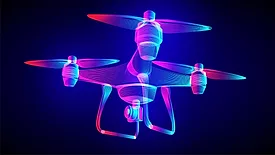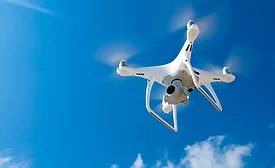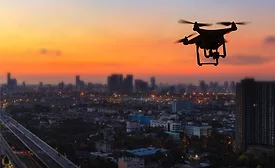Home » Keywords: » drones
Items Tagged with 'drones'
ARTICLES
Integrated Solutions
Drones as security tools
Incorporating drones into an organization’s security operations can be a huge benefit, but it’s essential to understand available technology, regulatory requirements and continued costs.
December 9, 2022
Drones as security tools
Unmanned aircraft can provide enterprise security teams with a number of potential use cases, including improving incident response, investigations and more.
November 19, 2021
Sign-up to receive top management & result-driven techniques in the industry.
Join over 20,000+ industry leaders who receive our premium content.
SIGN UP TODAY!Copyright ©2025. All Rights Reserved BNP Media.
Design, CMS, Hosting & Web Development :: ePublishing












